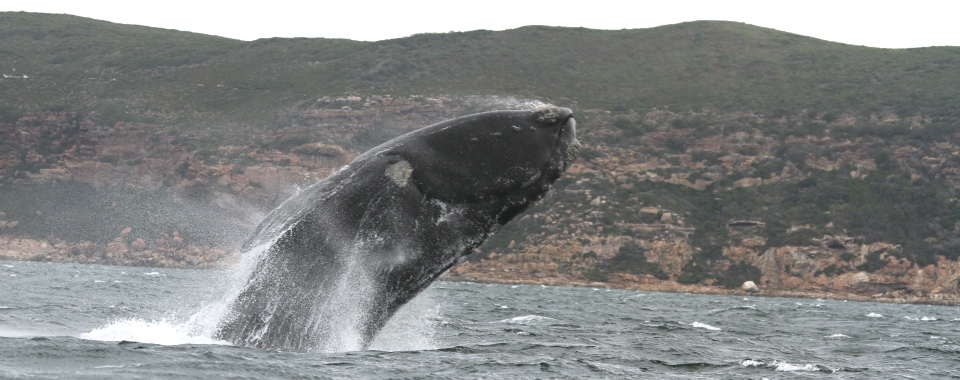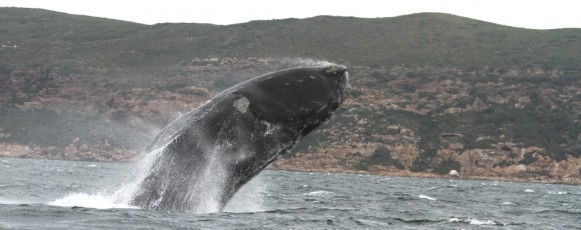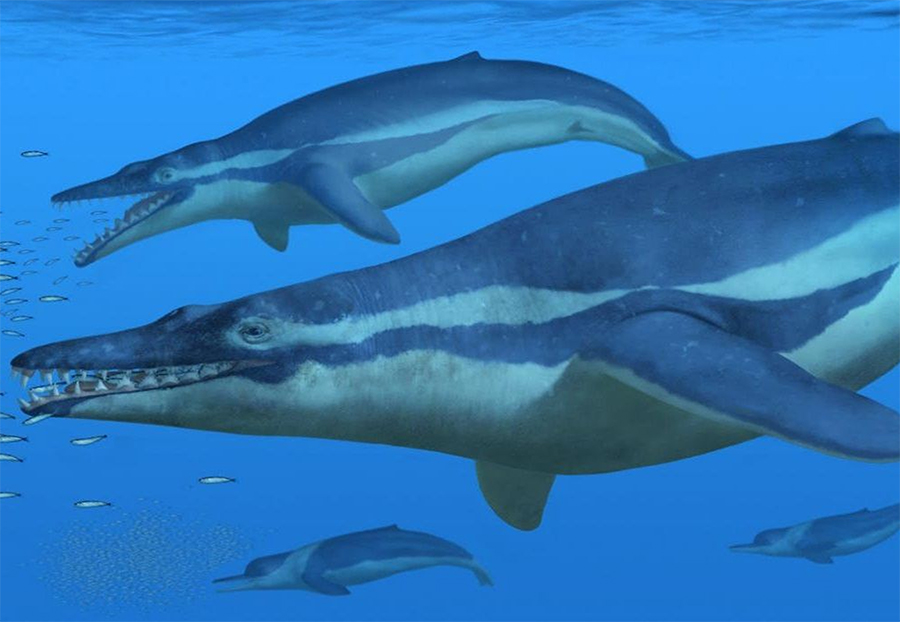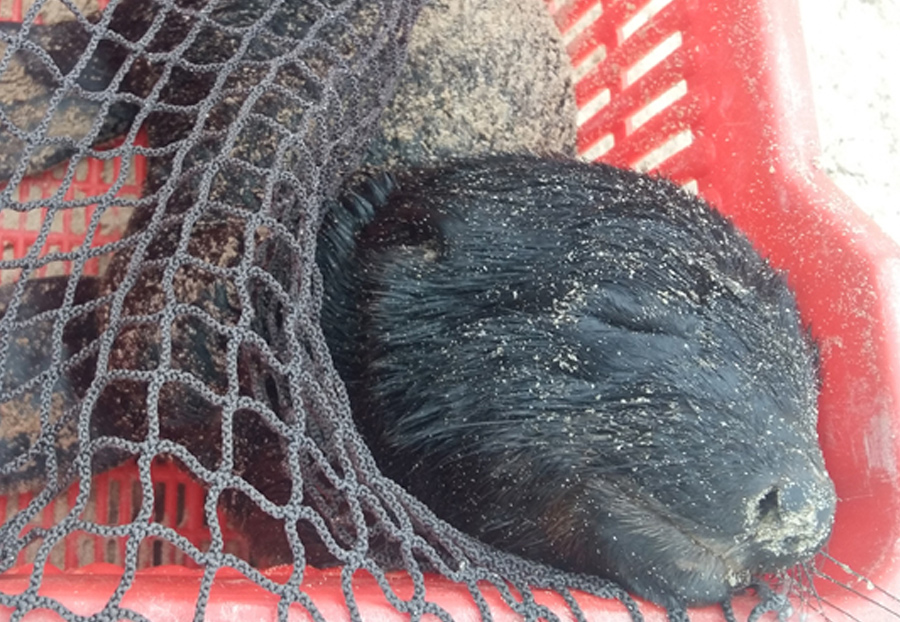Southern right whales distribution and reproduction
Southern Right Whales have a circumpolar distribution. They can be found in the Antarctic during the southern hemisphere summer (where they feed) and in sub-tropical waters for breeding in winter. They are mainly found mating and breeding in shallow coastal waters off southern Australia, New Zealand, Argentina, Brazil and South Africa. There are speculations that different breeding stocks could be different sub species.
Right whales migrate between their breeding and feeding grounds. Unlike many mammal species, right whale males do not compete aggressively with other for mating rights to a female. Instead, the competition occurs on a microscopic level, whereby the male with the largest testes (therefore able to produce the most sperm) will successfully pregnant a female. During mating multiple males will court, pet and rub themselves against the female to be able to mate with her. Southern Right Whales are polygamous and the females can have up to 7 males in one mating session. The males have huge testes (2.5m in length and 500kg each) and long prehensile (able to move) penises. The mating season in the southern hemisphere is from June to October with a peak in August and the female will give birth to a single calf after a 12-13 month gestation period. The calves are 4-5m in length and 1000kg in weight when born and can grow 3cm in length and 60kg in weight per day making them double in length and increase 5 times in weight in one year. They are able to grow quickly because the mother’s milk is extremely high in fat content and it has been estimated that a calf will suckle 600 litres of milk per day. The females generally have a new calf every three years, but during years when prey availability is low the inter-calf interval can be up to 5 years. Scientists have observed some females to have variable calving intervals of between 2 and 21 years. It is believed that a two year calving period happens after the loss of neonate calf, when the female ovulates after one year instead of two. This could also be the reason for a 4 year cycle if the female loses two neonates in a row. The ovulation’s have been connected to the blubber thickness of the females and after the loss of a neonate they don’t lose as much blubber because they are not breaking it down to create milk, therefore they can have a new calf after 2 years. Southern Right Whale females prefer shallow, calm, sandy bays to give birth in and are often seen having a “midwife” as help when giving birth. The midwife or mother will help the calf to the surface for its first breath with its flipper. This will happen 10 seconds after the head comes out the mother (they are born tail first) and the calves can swim 30 minutes after birth.
References
– http://www.iucnredlist.org/details/8153/0
– Mate B.R. Best P.B. Lagerquist B.A. Winsor M.H. 2011 Coastal, offshore and migratory movements of South African right whales revealed by satellite telemetry Marine mammals Science v.27 I.3 P.244-476
– Hofmeyr-Juritz L.H. Best P.B. 2011 Acoustic behaviour of southern right whales in relation to numbers of whales present in Walker Bay, South Africa African Journal of Marine Science v.33 p.415-427
– Best P.B. Elwen S.H. 2004 Female southern right whales Eubalaena australis: Are there reproductive benefits associated with their coastal distribution off South Africa? Mar Ecol Prog Ser Vol. 269: 289–295,
– Elwen S.H. Best P.B. 2004 ENVIRONMENTAL FACTORS INFLUENCING THE DISTRIBUTION OF SOUTHERN RIGHT WHALES (EUBALAENA AUSTRALIS) ON THE SOUTH COAST OF SOUTH AFRICA I: BROAD SCALE PATTERNS MARINE MAMMAL SCIENCE, 20(3):567-582
– Whales dolphins and other marine mammals of the world (2006) by Hadoram Shirihai and Brett Jarrett. Prinston field guides 2006
– Smithers’ Mammals of Southern Africa a field Guide by Peter Apps Struik Nature edition 2012
– Jefferson T. Webber M. Pitman R. 2007 Marine mammals of the world: A comprehensive guide to their identification 1st edition
– Best PB 2007. Whales and Dolphins of the Southern African Subregion. Cambridge University Press.





